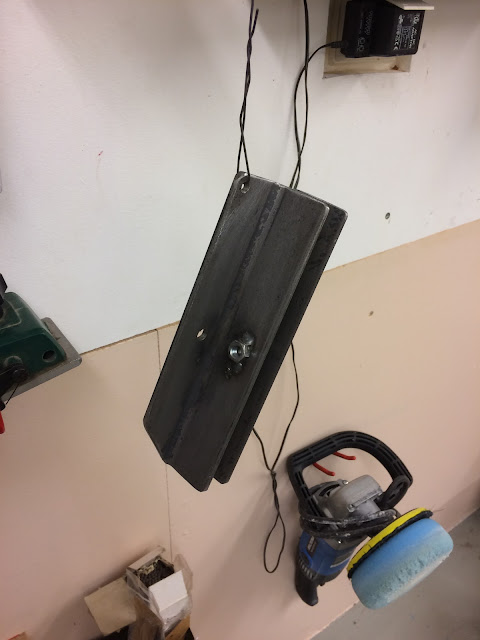Based on the data comparison below it seem that the mast is a bit longer than necessary. On the other hand I won't need to make a long extension piece to fit to sit under the sail. Another good thing with the long mast is that I expect a bigger sail should fit. I think I would like a bigger sail in the future for light winds.
Sail data.
Mast data.
An extension piece at the lower part of the mast is needed for two reasons, one is to protect the fiber glass at the point where it touches the hull and the other is that a tightening mechanism is needed for getting correct tightness on luff.
I made some marks to the mast with permanent marker where I expect boom and sail opening to be this should be enough to be able to manufacture mast extension piece and support mast.
























































